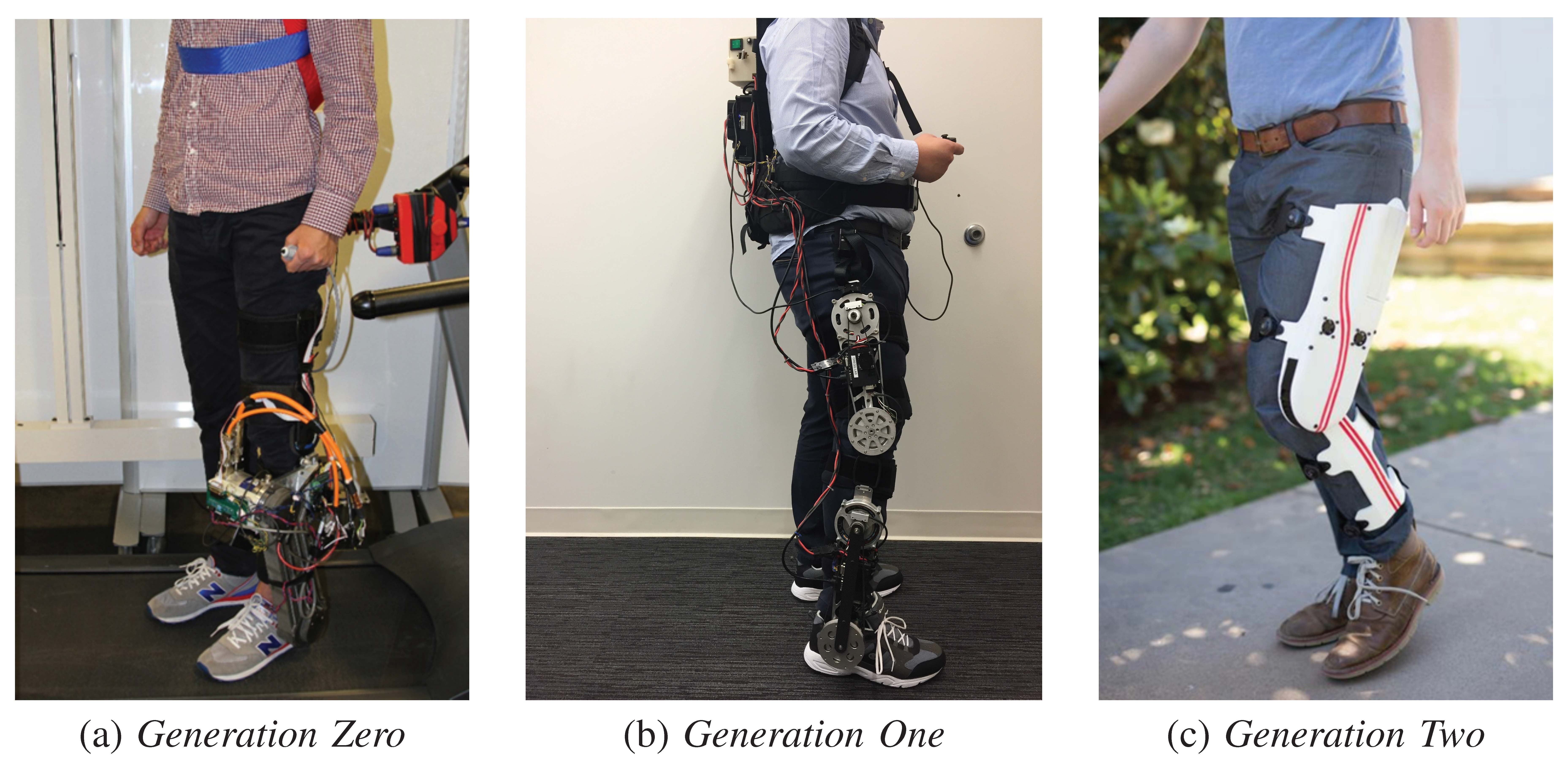You are here
From Kinematic to Energetic Control of Wearable Robots for Agile Human Locomotion
Speakers
Abstract:
Even with the help of modern prosthetic and orthotic (P&O) devices, lower-limb amputees and stroke survivors often struggle to walk in the home and community. Emerging powered P&O devices could actively assist patients to enable greater mobility, but these devices are currently designed to produce a small set of pre-defined motions. Finite state machines are typically used to switch controllers between discrete phases of the gait cycle, e.g., heel contact vs. toe contact, and between different tasks, e.g., uphill vs. downhill. However, this discrete methodology cannot continuously synchronize the robot’s motion to the timing or activity of the human user. This talk will first present a continuous parameterization of human joint kinematics based on 1) a phase variable that robustly represents the timing of the human gait cycle, and 2) task variables representing ground slope and walking speed. This parameterization is employed for user-synchronized control of a powered knee-ankle prosthesis, which enables above-knee amputee subjects to walk at variable speeds/inclines and perform volitional activities like kicking a ball. While this approach controls kinematics in the absence of human joint motion, a kinematic-free approach is desirable for exoskeletons that assist or enhance existing joint motion. The second part of this talk will introduce an energetic control paradigm for exoskeletons to alter the human body’s dynamics without prescribing joint kinematics, e.g., reducing the perceived weight and inertia of the limbs. This control approach is implemented on exoskeletons with high-torque, low-impedance actuators, which provide the necessary backdrivability for volitional human control.


